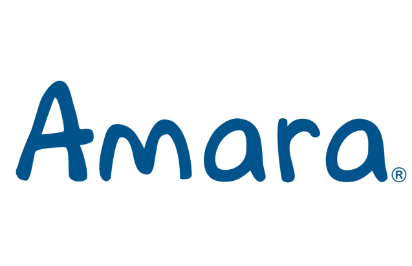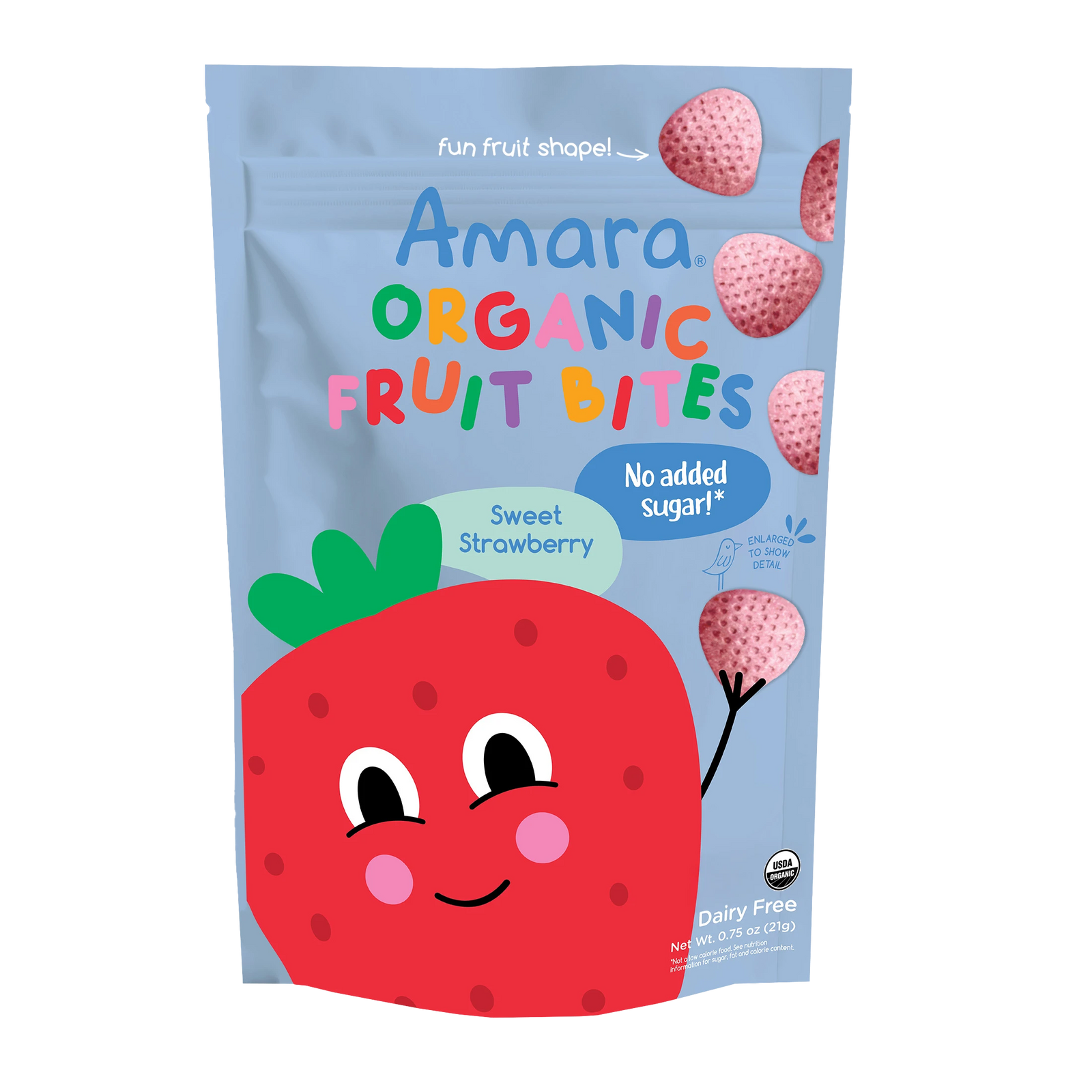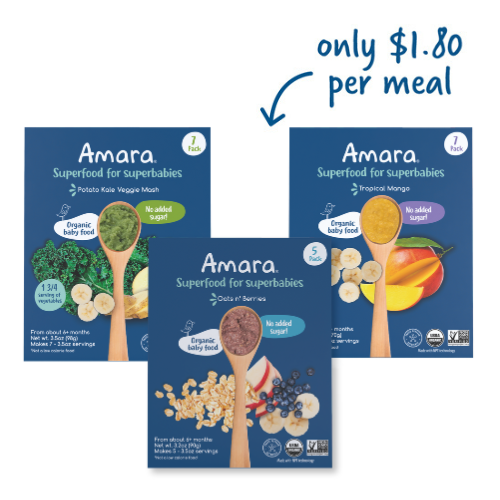Here is what parents are asking this week:
1. I have a lot of frozen breast milk left over - any ideas?
With its myriad of benefits, you can get pretty creative with your extra breast milk. If you have a larger amount, donating it to a local milk bank is a generous and kind act for a baby in need. Search milk banks in your area, or use this site to find a milk bank near you. Due to its healing and anti-viral properties, breast milk is also used for home remedies and skin products. Freeze breast milk in ice cube trays and use it on sore nipples, diaper rash, eczema, cradle cap, or melt cubes into a warm bath for baby. If you’re feeling ambitious, turn your breast milk into soap or lotion. Recipes on pinterest abound. If you’d like to commemorate your breastfeeding journey with a lasting piece, you can even have jewelry created from your breast milk. For breast milk that is still good for consumption, two of the best uses for it are breast milk popsicles, and mixing it into your baby’s food. Try Amara’s mix-with-breast milk-purees for options that grow with your baby.
2. Can my nearly 9 month old live off just mama’s breast milk?
WHO recommends exclusively breastfeeding until 6 months, and then slowly starting to offer complementary foods. While breast milk remains the baby’s primary source of nutrition until 12 months, a baby’s nutritional and caloric needs will continue to increase as they grow, and breast milk alone will eventually not be sufficient on its own. If your baby is refusing all solid foods at 9 months, consult your pediatrician. One way to make the transition easier is to mix solid foods with breast milk to incorporate a familiar taste with a new taste. For example, at Amara, we have organic purees that can be customized by adding your own breast milk to create your baby’s desired texture. Also try offering all different types of tastes, textures, and even times of day to help discover what works best for your baby. The delivery method may also make a difference. Some babies respond better to spoon feeding while others may prefer baby-led weaning. If you haven’t yet, try some tricks like eating the food yourself in front of baby, having an older sibling feed the baby, and sitting down to regular mealtimes together as a family. Keep trying and continuing to offer a variety of foods in all different ways while working together with your pediatrician. Each baby is different, and yours will get there too. Hang in there!

3. Any breakfast ideas for my 1 year old?
One year-olds are such a fun age to cook for because they are branching out to all kinds of solid foods and can basically eat what you eat, or at least you can enjoy what they have for breakfast as well. One thing you want to watch out for in breakfast for toddlers is hidden sugars. Many common breakfast options, like fruit yogurts and instant oatmeal packets and cereals, can be loaded with sugars that your 12 month old doesn’t need. Check not only the ingredient list but the sugar grams on the back of any packaged food to see what you’re getting (and giving). Here’s a quick list of go-to breakfast ideas: quiche cups (bake in muffin tin), veggie pancakes, whole grain muffins, fruit and cottage cheese, avocado toast, pb banana toast, veggie puree on toast (try our Sweet Potato Raspberry), veggie omelette, breakfast quesadilla, smoothies, plain yogurt+fruit+nuts, whole grain waffle with fruit, french toast fingers, oatmeal and whole grain porridges (check out our no sugar-added breakfast options HERE).
4. What can I offer my teething baby?
Offering baby something cold can help ease the discomfort of teething. Here are a few tricks to try: Freezing a clean, wet washcloth and letting baby chew on it. Chilling your baby's food before serving. Making teething popsicles with breast milk. Offering a mesh feeder filled with frozen fruit. Whipping up an ice cold fruit and yogurt smoothie. To help with the urge to chew, you could try offering a safe teething toy, wearing a teething necklace, giving a spoon to gnaw on, or offering some homemade teething biscuits (we love THIS recipe with our Applesauce Maqui Berry), a slice of cold cucumber, apple or carrot.
5. How much baby food at a time should I be giving my 6 month old?
At this age, there is no need to overly stress about how much a baby takes in one sitting. Instead you can shoot for a certain amount of solids in a day or a week, or just focus on slowly increasing intake over time, taking cues from your baby. A rule of thumb is to begin with as little as 2 tsps a day of a single ingredient, starter food (we recommend our Amara banana flavor), and then work up to 2 tbsp. You can also work towards increasing the number of solid meals from one time a day to two-three times per day as your baby shows interest. By the end of the month, 3-4 tbsp of fruits, veggies and cereals and 1-2 tbsp of protein per day are recommended. As baby shows tolerance for different foods, feel free to start having fun with mixes and blends, as well as introducing a variety of fruits, vegetables, grains and proteins into baby’s diet. For a full guide on Introducing Baby to Solids, check out our free download here. Continue to offer breast milk as baby’s main source of food during this stage.










Leave A Comment